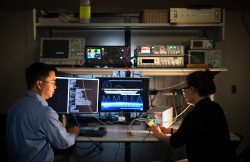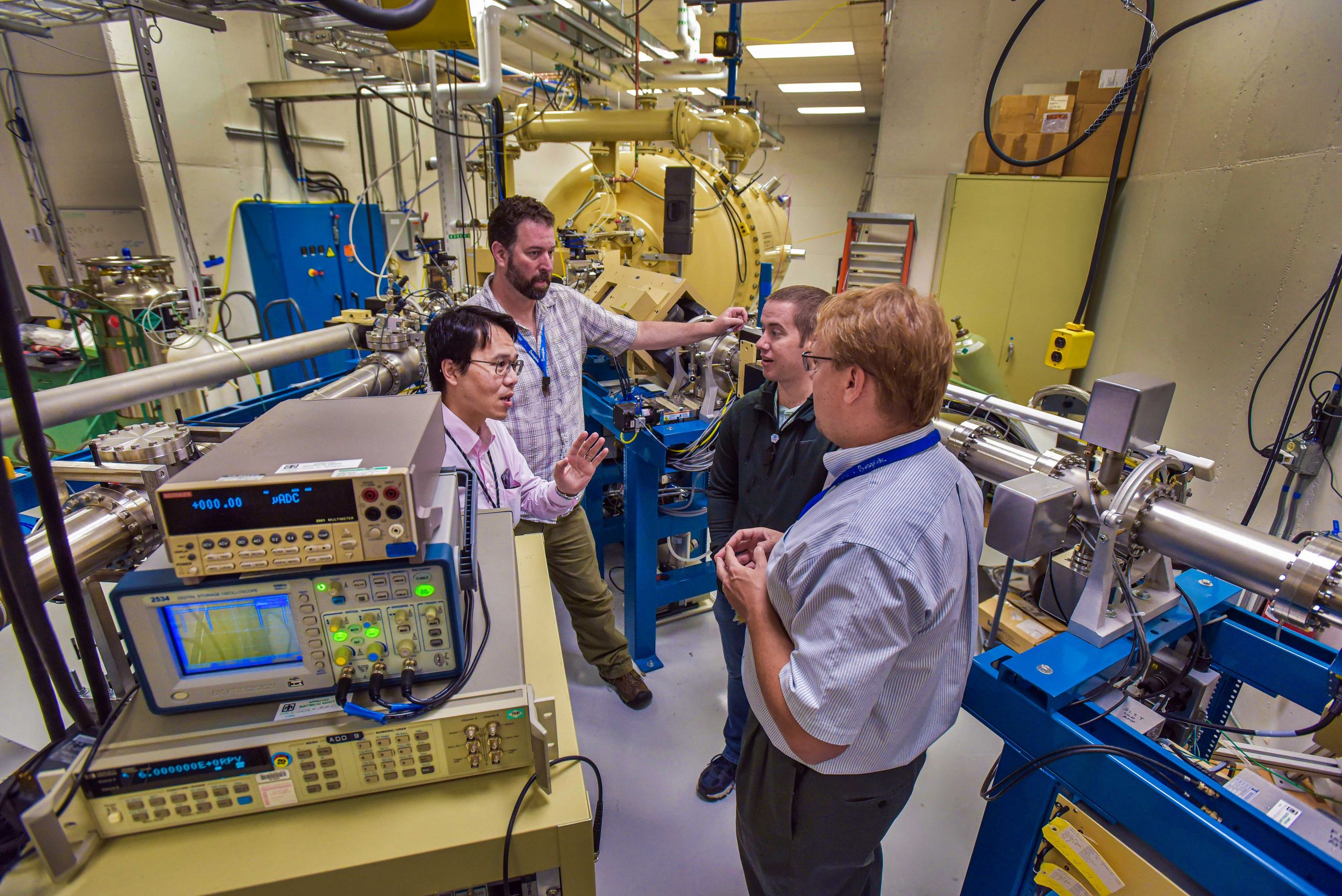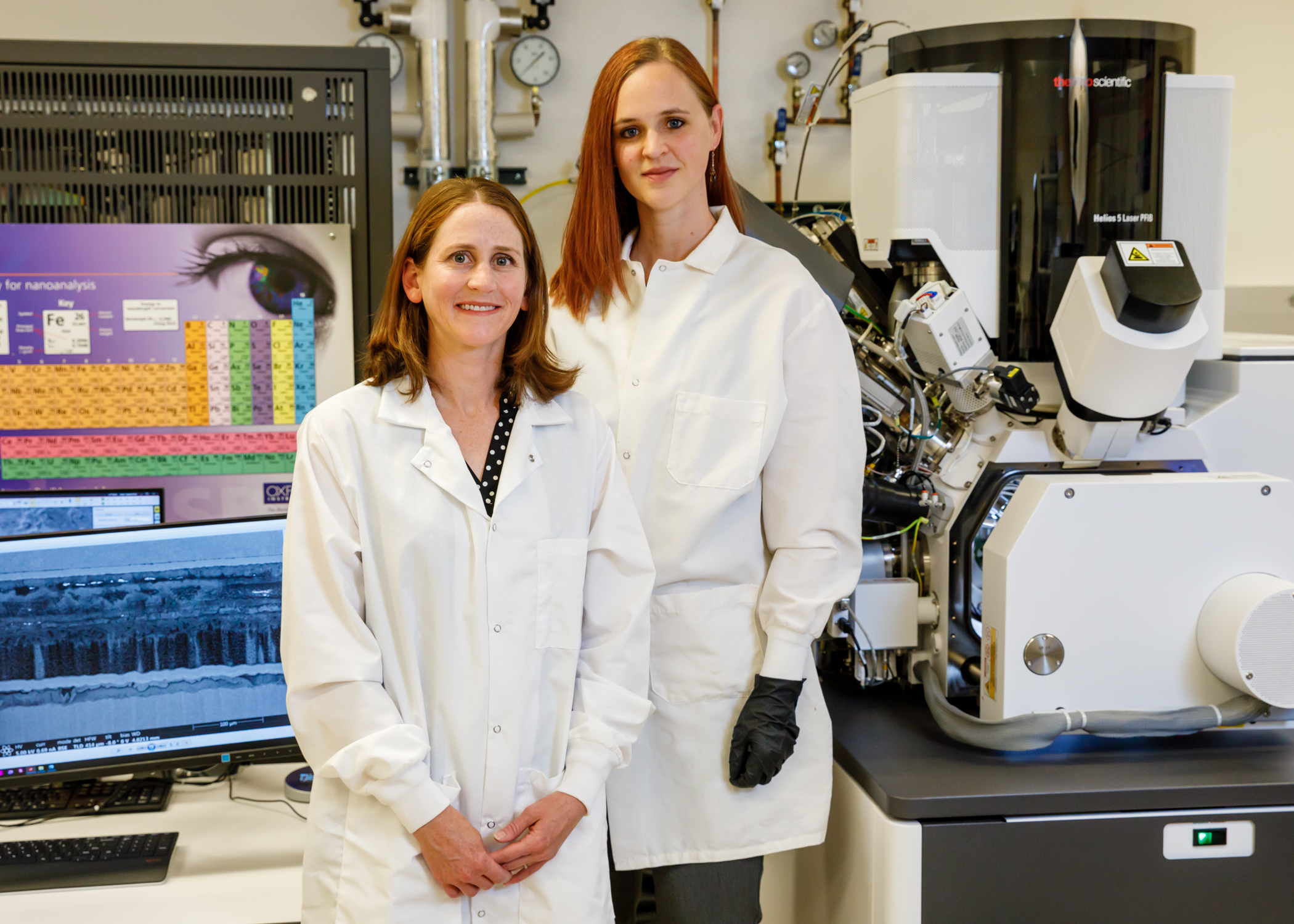October 19, 2022 • ALBUQUERQUE, N.M. — The Society of Women Engineers has bestowed awards on three Sandia National Laboratories employees. Senior scientist Tina Nenoff received the society’s highest honor, the Achievement Award, chemical engineer Yuliya Preger received a Rising Technical …
Categories: Awards



